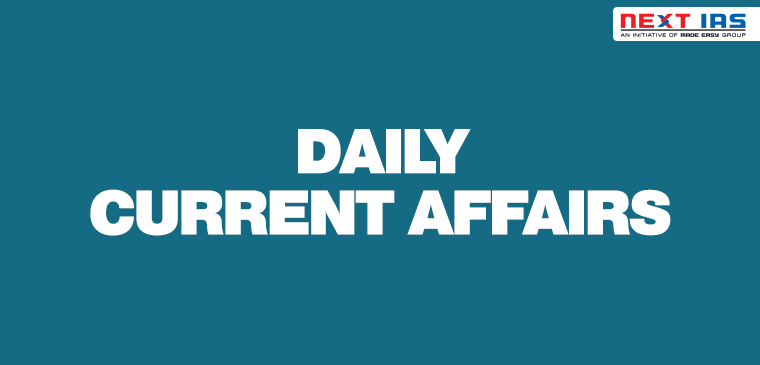
In News
For the first time, ISRO demonstrated free-space quantum communication over a distance of 300 metres.
About
- The free-space communication using QKD (Quantum Key Distribution) was demonstrated at Space Applications Centre (SAC), Ahmedabad, Gujarat.
- QKD (Quantum Key Distribution) is the technology behind Quantum Communication Technology.
- It is a major milestone achievement for unconditionally secured satellite data communication using quantum technologies.
- Quantum Technology is based on the principles of quantum theory, which explains the nature of energy and matter on the atomic and subatomic level.
Quantum Key Distribution (QKD) Technology
- Quantum key distribution (QKD) is a secure communication method which implements a cryptographic protocol involving components of quantum physics.
- It enables two parties to produce a shared random secret key known only to them, which can then be used to encrypt and decrypt messages.
- It provides the ability of the two communicating users to detect the presence of any third party trying to gain knowledge of the key.
- By using quantum superposition or quantum entanglement and transmitting information in quantum states, a communication system can be implemented that detects data leak.
- Superposition means that each qubit can represent both 1 and 0 at the same time.
- Entanglement means that qubits in a superposition can be correlated with each other; i.e., the state of one (whether it is a 1 or a 0) can depend on the state of another.
How does it work?
- It works by transmitting many light particles, or photons, over fiber optic cables between parties. Each photon has a random quantum state, and collectively, the photons sent make up a stream of ones and zeros.
- This stream of quantum states that make up ones and zeros are called qubits — the equivalent of bits in a binary system.
- When a photon reaches its receiving end, it’ll travel through a beam splitter, which forces the photon to randomly take one path or another into a photon collector.
- The receiver will then respond to the original sender with data regarding the sequence of the photons sent, and the sender will then compare that with the emitter, which would have sent each photon.
Advantages
- It ensures unconditional data security by virtue of the principles of quantum mechanics, which is not possible with the conventional encryption systems.
- Quantum Cryptography is based on the laws of Quantum Physics will be easier than conventional cryptosystems used for data-encryption rely on the complexity of mathematical algorithms.
- It is considered ‘Future-proof’ since no future advancements in computational power can break quantum-cryptosystems.
- The technology can come in handy for several sectors that include digital money transactions, defence, etc.
- MeitY has partnered with Amazon Web Services (AWS) to set up a Quantum Computing Applications Lab in the Country. The lab will be the World’s 1st Quantum Computing Applications Lab to support a National Government’s Mission.
Challenges of QKD
- For now, it is currently difficult to implement an ideal infrastructure for QKD. QKD is perfectly secure in theory, but in practice, imperfections in tools like single photon detectors create many security vulnerabilities.
|
Space Applications Centre (SAC)
National Mission on Quantum Technologies & Applications (NM-QTA)
|
Source: ISRO
Previous article
Women in Defence
Next article
Facts in News


